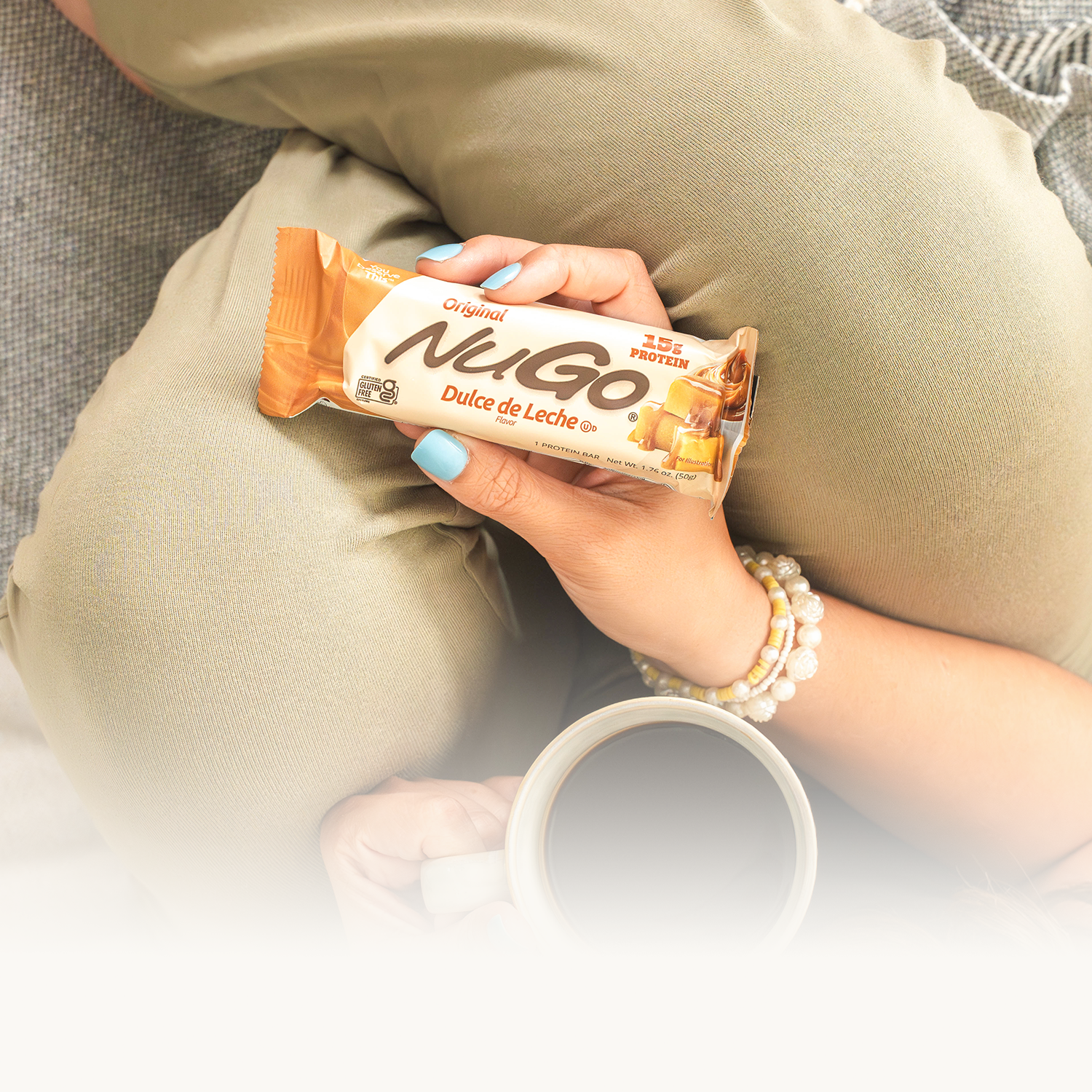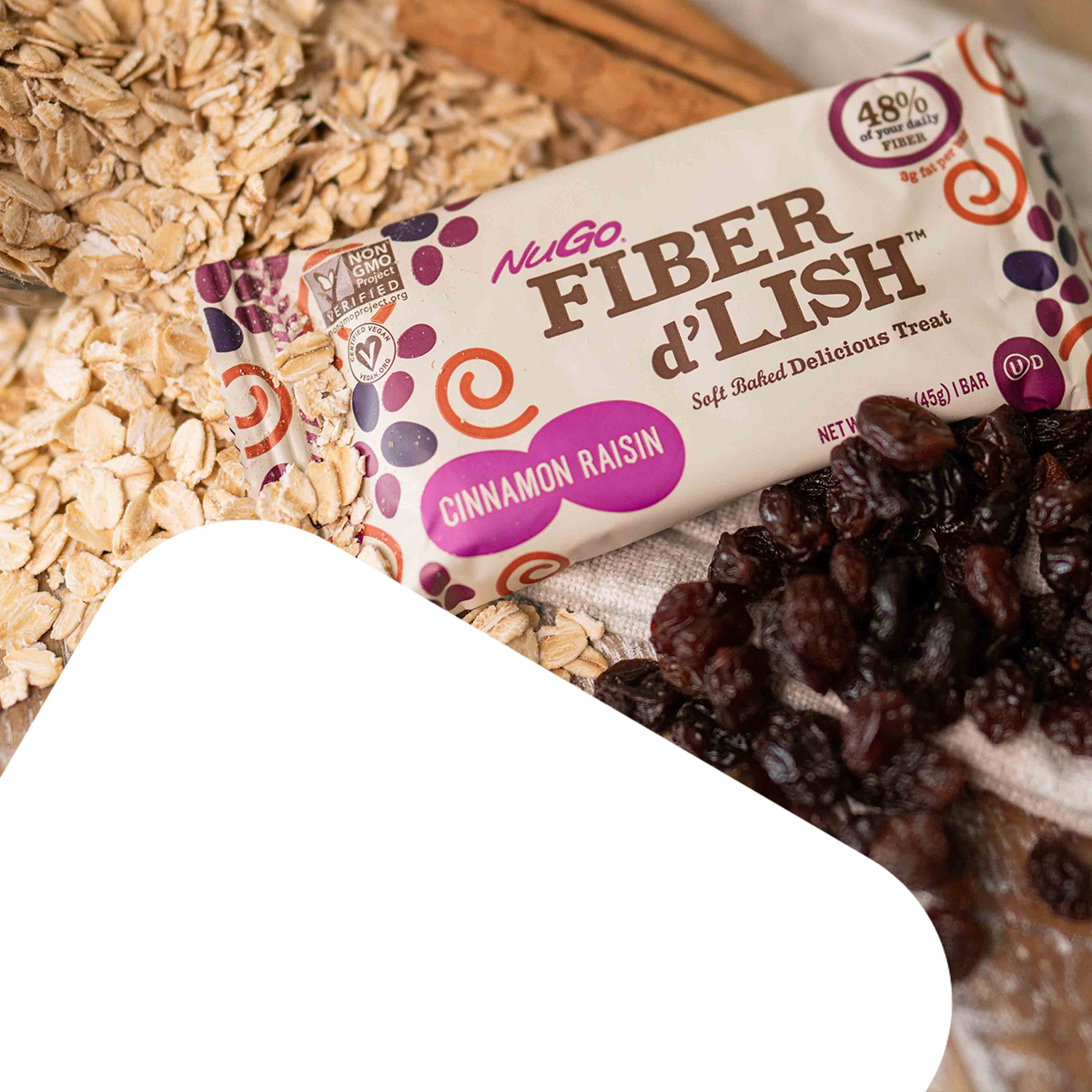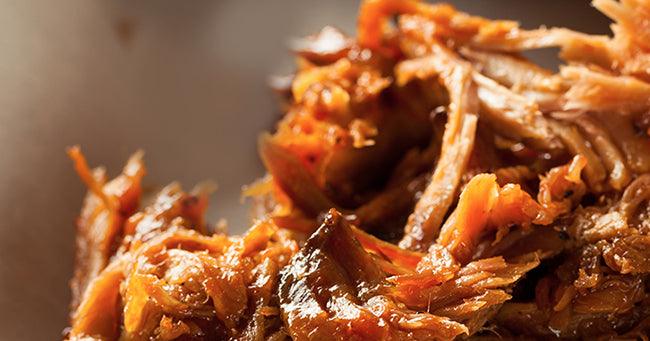If you live with type 2 diabetes or pre-diabetes, or you have recently been given a diagnosis of either of these, you know that your body cannot make enough insulin to keep your blood glucose (sugar) at appropriate levels. This is also known as insulin resistance. You also know that monitoring and management of your diet are extremely important to help keep your blood sugar at normal levels.
Low GI Foods Can Help Blood Glucose Management
Carbohydrate counting is a meal planning tool that focuses on the total number of carbs consumed daily, and what the American Diabetes Association defines as the best meal planning tool for most people with diabetes. At the same time, the type of carbohydrates consumed is also extremely important because of the effect they have on blood sugar. Simple and more refined carbohydrates such as white bread and white rice cause blood sugar to rise more rapidly than complex carbohydrates such as whole grain foods, whole fruits, and vegetables. This is due to their glycemic index (GI).
Glycemic index is a relative ranking of how much a carbohydrate-containing food raises blood sugar levels. Knowing a food’s GI can be useful for blood glucose management when used in combination with carbohydrate counting. Foods that have a high GI (70 or above), such as white bread, pretzels, and rice cakes, raise blood glucose more than foods with a medium GI (56 – 69) or a low GI (55 or lower). Low GI foods include most fruits and non-starchy vegetables, sweet potatoes and legumes. NuGo Slim protein bars are a low GI food with a GI of just 24. The low glycemic index of NuGo Slim protein bars can make them a healthy choice for those who are working to achieve blood glucose management goals while getting 16 -18 grams of protein and 7 grams of fiber. Because of NuGo Slim’s low GI, they are slowly digested and absorbed resulting in a slower rise in both blood glucose and insulin levels. The Glycemic Index Database can help you identify the ranking of many other foods.
Which Tool is Better?
According to the American Diabetes Association, there is no one diet or meal plan that works for everyone who lives with diabetes. Glycemic index reflects the type of carbohydrate in a food, but not the amount. It is important to consider portion sizes, in addition to some of the other factors that affect the GI of a given food – factors such as processing, cooking method, and ripeness. Whether you use carbohydrate counting, glycemic index, or a combination of the two, what is most important is to follow a blood glucose management plan that meets personal needs, is satisfying, and helps to achieve or maintain a healthy weight.










Leave a comment
This site is protected by hCaptcha and the hCaptcha Privacy Policy and Terms of Service apply.